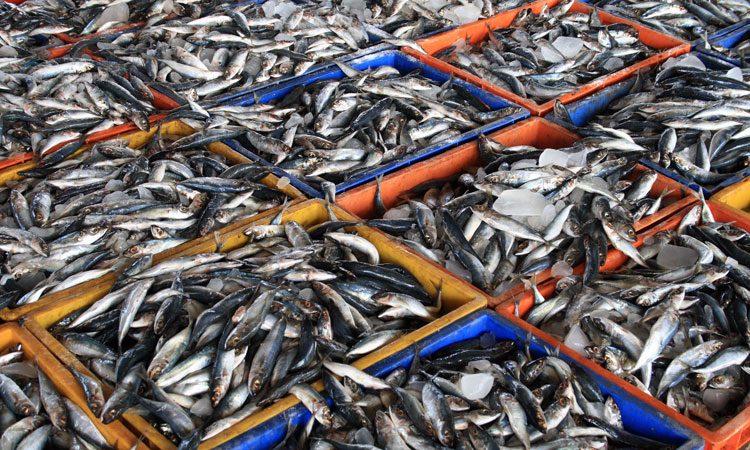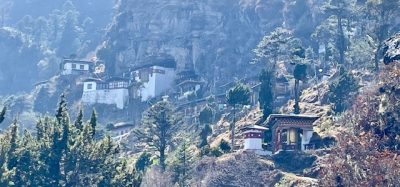Traceability: the hidden link to improving seafood sustainability and profitability
Posted: 2 November 2020 | François Mosnier | No comments yet
Despite recognised obstacles, traceability could improve both the profitability and sustainability of the seafood industry – but implementation must be industry-wide in order to be effective, writes François Mosnier, Financial Research Analyst at Planet Tracker.


Today, about 75 percent of seafood sold is not certified or rated as ‘sustainable’. However, the number of retailers and consumers who are concerned about the sustainability of their fish is increasing – at a pace faster than the supply of sustainably labelled stocks are available to them.
Traceability, the ability to systematically identify seafood products, track their location and reveal any treatments or transformations they undergo, could be the key to resolving this imbalance. Industry-wide implementation of traceability would not only help to verify sustainability claims, but also to increase overall profitability within the seafood sector.
Traceability: desirable and profitable
In the absence of this kind of sea-to-plate traceability, the seafood industry cannot guarantee claims of sustainability. For now, companies along the supply chain are typically unable to reliably identify seafood products, track their locations and any treatments or transformation.
Is this because the costs of traceability are prohibitive? According to our research at Planet Tracker, this is not the case.
In fact, the results suggest traceability would not only help verify claims of sustainability, but also increase the profitability of the seafood industry. Traceability solutions can help seafood processors avoid exposure to illegal, unreported and unregulated fishing and avoid product recalls, as the provenance of all stock must be accounted for and verified through central systems.
Illustrating this, our research indicates that sea-to-plate traceability would allow the seafood processing sector, worth $140 billion, vitally positioned between harvesters and retailers, and a key source of traceability gaps, to double its EBIT margin, currently at a low three percent. Traceability could improve recall rates, product waste and reduce legal costs, allowing an approximate three percent potential margin gain for the typical seafood processor.
Hurdles to implementation
While traceability might be profitable, there are recognised obstacles. Firstly, current industry data standards are inconsistent. There are several ways to document seafood traceability, and although countless systems have been developed, they can rarely interact seamlessly with one another.
Secondly, many of these documentation methods are outdated, with a large proportion of the recording performed manually on paper. Not only is this inefficient, but importantly, these methods are prone to error, security breaches and forgery. In order to improve the quality of data capture and management across the seafood supply chain, low-cost, user-friendly technologies are necessary for both large-scale and small-scale operations.
Finally, there are gaps across the supply chain. In order to achieve meaningful change, industry-wide implementation of traceability is necessary, with engagement and collaboration across all parties along the entire supply chain. However, companies with more advanced traceability capabilities currently struggle to collect the data they need from other stages of the supply chain. In addition, traceability at mixing points, such as processing, auctions and trans-shipment points, is difficult to achieve – particularly in developing markets.
GDST: a possible solution
In March 2020, the Global Dialogue on Seafood Traceability (GDST) launched a set of traceability standards that may provide a solution to these obstacles. Open-source and non-proprietary, the GDST standards are the first and only set of their kind.
While the standards are only in their first iteration and leave room for improvement, their near-term industry-wide adoption would significantly reduce the lack of interoperability among companies along the supply chain and encourage better data capture and management.
Large retailers globally are recognising the importance of this, with the likes of Sainsbury’s and Whole Foods having already pledged to adopt and implement them. And the results could be significant. Food losses and waste in global food supply chains, for instance, are currently estimated at 35 percent, and traceability is a key way to reduce them.
Driving widespread adoption, across producers, processors and retailers, remains a key priority, however. Despite the benefits, just one large, listed seafood producer – Thai Union – has publicly pledged to adopt the standards.
Investor engagement is key
As illustrated, the benefits are vast. In light of this, we urge investors in the seafood industry – and particularly in seafood processing companies, positioned as a key source of traceability along the seafood supply chain – to engage with the companies in question on this issue.
By identifying what traceability initiatives are available, checking whether they are GDST-compliant, and exploring the financial benefits and costs of implementing them, investors can put themselves in a strong position to encourage and promote the widespread implementation of traceability. They have a central role to play in driving adoption – and one that’s squarely in their own interests, not only helping improve the sustainability and profitability of the seafood industry, but also simultaneously protecting their own returns.
About the author
François Mosnier, Financial Research Analyst at Planet Tracker, has more than 10 years of experience working across finance, nature conservation and sustainable farming. Prior to joining Planet Tracker, he was a financial analyst at Exane BNP Paribas and Capital Group, and a conservation finance specialist at Conservation Capital.
Related topics
Related organisations
Global Dialogue on Seafood Traceability, Planet Tracker, Saimsbury's, Thai Union, Whole Foods









